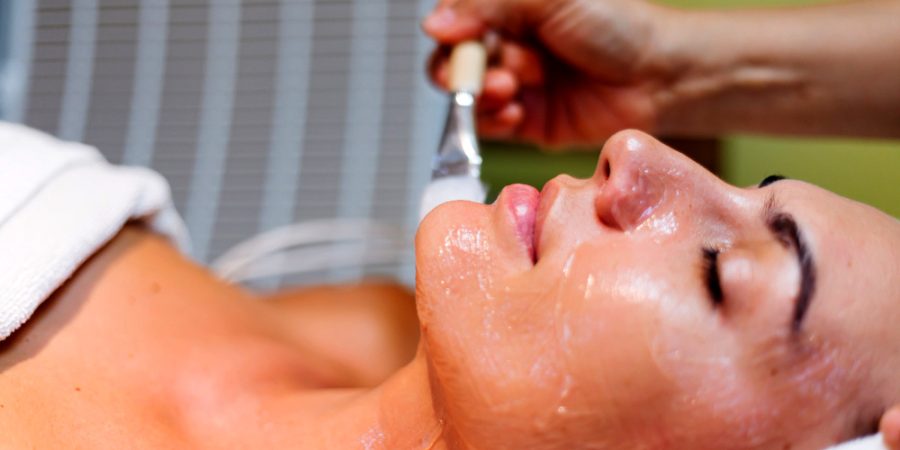
Fast, Effective & Affordable
Our Xeo laser hair removal is suitable for all different skin types and is tailored to each individual.
Menu
Our Xeo laser hair removal is suitable for all different skin types and is tailored to each individual.
Our treatments help you blossom your skin. Book an appointment today.
Helping you combat the early signs of aging. Book an appointment today.
Strengthen and tone your abdomen, buttocks, and thighs with the unique technology of truSculpt flex.
Reduce fat cells in stubborn areas around your abdomen and flanks with truSculpt iD.

When people talk about the consequences of development, they always speak about its toll on the environment and its resources. No one ever tells, in turn, about the effect on humans since we are part of the environment. The gradual reduction of the average life expectancy of an adult human is ample evidence that there is a toll on our health and our bodies. Since our skin forms the outermost layer of our body, it bears the brunt of the harmful effects. Skin peel treatments in Toowoomba have become a necessity now for this reason.
These are a few widely used skincare treatments at any skin clinic in Toowoomba chemical peels.
A chemical peel—known as chemexfoliation or derma peeling—uses a chemical solution to improve your skin’s appearance gradually. In this particular treatment, a chemical solution is wholly applied to your skin, causing trauma or injury to your skin’s layers. The individual skin layers eventually peeled off, revealing more youthful skin. This new skin is usually smoother with far fewer lines and wrinkles, producing a more even colour and brighter complexion.
These chemical peels are used to treat certain skin conditions or improve your appearance by enhancing the tone and texture of your skin. These chemical peels are most commonly performed on your face, neck or hands. They can then help reduce or improve:
These superficial peels can be used on all skin types. However, assuming you have a darker skin tone, you have a far greater risk of experiencing a darkening of your skin after treatment. These conditions are called post-inflammatory hyperpigmentation. Assuming you have a naturally darker skin tone, you might want to get the advice of your dermatologist about aggressive treatments to reduce the risk of hyperpigmentation.
At Drayton Cosmetics & Body Sculpting, we believe in providing our patients with the latest developments in medical technology, incorporating the latest upgrades in medical techniques and skincare technology. In addition, we believe in customized treatments catering to individual skin conditions, tone and conditions. Book your appointment now.
© Drayton Cosmetics & Body Sculpting 2024
Website by GRIVITY